50 years ago, on the afternoon of April 29, 1975, the reconnaissance squad of the 20th Reconnaissance Company of the 341st Division (C20 F341) consisting of 5 people led by Lieutenant - Company Commander Le Tran Quy arrived at Bien Hoa airport. The entire Bien Hoa city had been liberated at that time. F341 was the main infantry force, fully equipped and had been on the battlefield since January 1975, marking an important turning point in the war.
War dinner of 5 liberation soldiers with 2 bags of dried rice
Immediately after arriving at the Southeast front, Division 341 received orders to fight the first battle on Highway 13 Chon Thanh - Bau Bang, liberating Chon Thanh district. Then, it coordinated with Division 9 to fight the enemy in Dau Tieng.
Then, following Route 20, they advanced to Dinh Quan post, crossed La Nga River and advanced to Dong Nai to fight the historic Xuan Loc battle. With these resounding achievements, F341 was trusted by the 4th Corps commander to fight the opening battle of the Ho Chi Minh campaign. That was the battle at Trang Bom Military Sub-region on April 27, 1975.
In just one day, Division 341 completed the mission of liberating Trang Bom, then attacked and liberated the Ho Nai and Bien Hoa bases, from there advancing to liberate Saigon in the direction of Bien Hoa highway, passing Rach Chiec bridge, Saigon bridge and stopping at the Independence Palace at the historic noon of April 30, 1975, ending the complete victory of the 21-year war of national salvation.
On the afternoon of April 29, when we arrived at the airport gate, we saw outside the airport gate the command post and officers' club of the 3rd Air Division of the Republic of Vietnam, which once looked very majestic but was now empty, the doors were wide open in the chaotic flight of the defeated army.
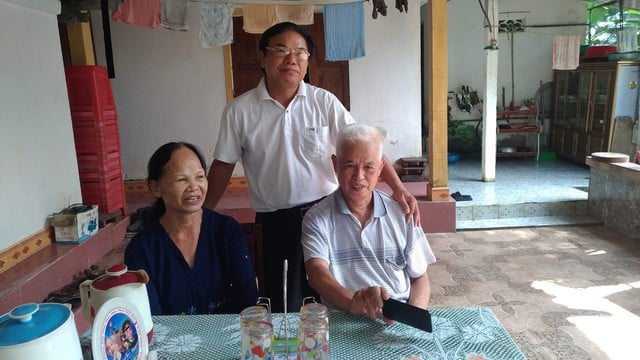
The author of the article met Captain Le Tran Quy again in Huong Son District, Ha Tinh Province in August 2018.
PHOTO: NGUYEN TRUNG NGOC
At that time, this largest military airport in the South, although it was heavily shelled by our army's 130mm long-range artillery in Hieu Liem (war zone D) on April 25, 1975, forcing the Saigon army at Bien Hoa airport to evacuate and withdraw completely, leaving behind a modern airbase. Our army captured Bien Hoa airport with two main runways and many enemy aircraft and military equipment almost intact.
The highly alert liberation soldiers entered the 3rd Air Division Command and the enemy’s officers’ club with loaded AKs ready to pull the trigger. Inside the luxurious club, there was no one in sight and it was empty. On the bar counter, there were still bottles of foreign liquor. Some of the bottles were intact but we were not allowed to touch them.
At that time, we only had 2 bags of 325 gram dried rice, the spoils of war, produced by the Army of the Republic of Vietnam. A bag of dried rice like that only needed to be filled with boiling or cold water for 10 minutes before being eaten, which was the main meal ration for a soldier.
Yet our group consisted of 5 people. Other necessities such as rice, dry food, canned meat, and even roasted salt were all gone. Mr. Quy told Corporal Le Quoc Tri, a veteran reconnaissance soldier from Duc Tho, Ha Tinh, to get tap water, pour it into 2 bags of dried rice, wait 10 minutes for it to expand, then the 5 brothers would share it and eat.
At that time, we could not have known that we were having a very frugal dinner on the last day of the war that the F341 scouts had experienced. Chewing on the bland dried rice, I wished that the foreign wine bottles on the bar would turn into fish sauce bottles.
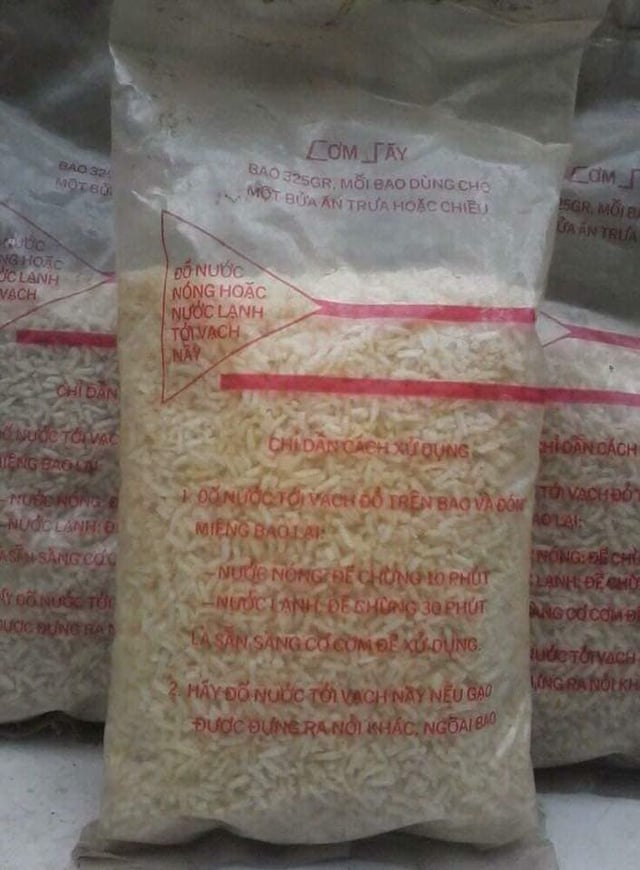
Dry rice bags used by Republic of Vietnam soldiers during the war
PHOTO DOCUMENT
Saigon Light
That night, my comrades and I slept in Bien Hoa on soft sofas in the officers' club of the 3rd Air Division of the Republic of Vietnam. At that time, I had just turned 20, and I had never slept on such a soft, luxurious, and beautiful "bed" in my life.
Although Bien Hoa airbase was completely occupied by us on the night of April 29, according to military regulations, we still assigned people to take turns keeping watch. Each person kept watch for one hour. The password was to ask "Hong Ha" and answer "Cuu Long". Mr. Quy advised: We must be extremely vigilant, not a moment of negligence. Vigilance is life.
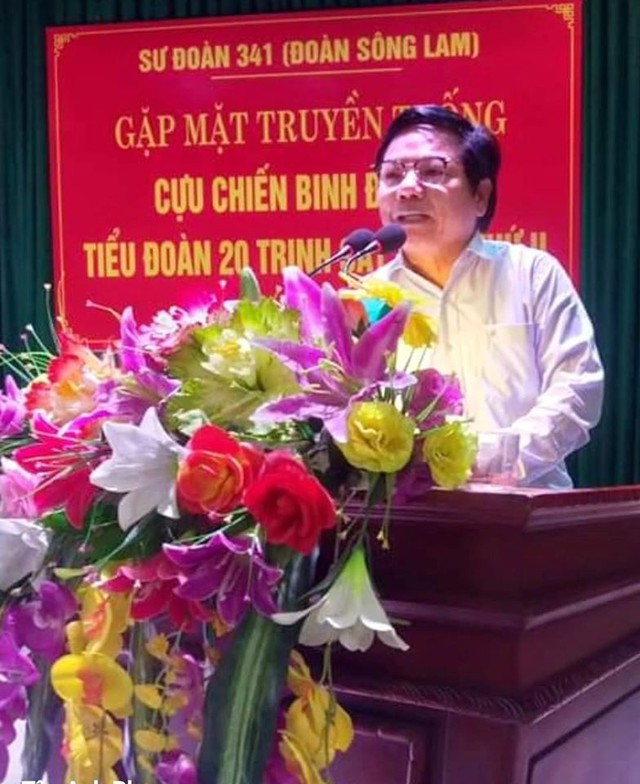
The author of the article spoke during a visit to Division 341 with a group of veterans in December 2019.
PHOTO: LE TU HIEU
My shift was at 4am. At exactly 5am I would wake up the entire squad to head towards Saigon city following the orders of the 2nd division commander. The morning sky in the East was very cool. I held my AK with a folding stock and stood at the gate of the Air Force Officers Club looking towards Saigon. The entire electric light of the capital city of the Republic of Vietnam, the last stronghold of the enemy, was shining on the sky like something very mysterious.
Surely, on that night, it was not by chance that my comrades and I slept at Bien Hoa airport. Not only us, but everyone in the world, no matter how extraordinary their imagination, could not have imagined that it was the last night of the most fierce war in Vietnam's history.
Ahead was Saigon, a name that was still far away even though the last remaining stretch of the war was only 30 km, but it was a 30 km filled with mystery. Only God knew what would happen tomorrow, April 30, 1975.
The kind cyclo driver
At exactly 5am, I woke up Mr. Quy and everyone else. We gathered our backpacks, guns and ammunition, then silently left the airport to find our way to Bien Hoa highway to walk into Saigon. After crossing Dong Nai bridge, we saw a house on the right side of the road with the door slightly open, and a blue car in the yard. We immediately contacted them to be taken to Saigon.
The owner of the house was a man about 40 years old, looking gentle and honest. After listening to our explanation, he immediately started the car to take us away. After driving more than 10 km, he saw chaos ahead, and heard gunshots, the owner of the car was scared and stopped the car.
We got off the bus to thank him and pay him, but he didn’t take it and hurriedly turned around and drove home. That was good enough. Even now, 50 years later, I still remember that kind-hearted man driving the Lam. In 2018, when I went to Huong Son, Ha Tinh to visit Captain Le Tran Quy, Mr. Quy still recalled the story of the Lam driver who enthusiastically drove us to Saigon on that dangerous morning of April 30.
From where we got off the bus to the center of Saigon, it was about 20 km. Following Bien Hoa highway, we walked and ran in a line, ready for battle, across the Rach Chiec bridge, which was still littered with tanks...
At both ends of Rach Chiec Bridge, there were many enemy fighting positions with barbed wire, and on the road were scattered clothes, military boots, and guns that the enemy had abandoned in panic. Many of our army units were also running across Rach Chiec Bridge to enter the city.
Big dreams come true right before my eyes
We kept going until we reached Saigon Bridge. Crossing Saigon Bridge and then Thi Nghe Bridge, we followed the sidewalk of Hong Thap Tu Street (now Nguyen Thi Minh Khai Street) to enter the city center to the Independence Palace.
At exactly 12 o’clock on April 30, we arrived at the Independence Palace, the final target of our unit and also the final target of the war to save the country. At that time, our tanks and soldiers had flooded the Independence Palace area. The Liberation Flag was flying on the roof of the Independence Palace.
The war was over, which meant we had lived. My comrades and I looked at each other and then looked up at the clear and sunny April sky of Saigon. Peace. The war was over... Those were things that we had not dared to think about last night when we slept at Bien Hoa airport. The big dream had come true right before our eyes.
Then we lay down on the soft green grass, closed our eyes and remembered our fallen comrades with all our compassion. They became martyrs, their bodies forever remaining in the battles at Chon Thanh, Xuan Loc, Trang Bom, Ho Nai…
50 years have passed, but the memories of the last night of the war, of the last hours of the arduous and sacrificial war to save the country, are still deeply imprinted in the memories of the veterans who directly fought and went through the war.
Source: https://thanhnien.vn/the-last-night-of-the-war-at-the-military-bay-bien-hoa-50-nam-truoc-185250418155018305.htm





![[Photo] Prime Minister Pham Minh Chinh chairs conference on anti-smuggling, trade fraud, and counterfeit goods](https://vphoto.vietnam.vn/thumb/1200x675/vietnam/resource/IMAGE/2025/5/14/6cd67667e99e4248b7d4f587fd21e37c)


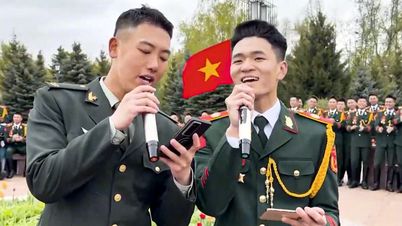
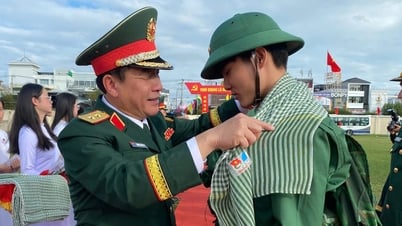
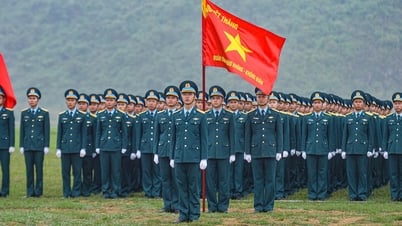
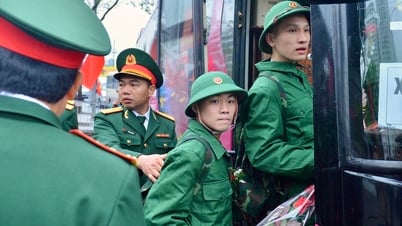
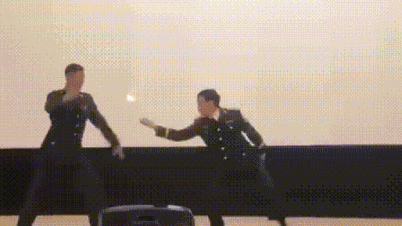




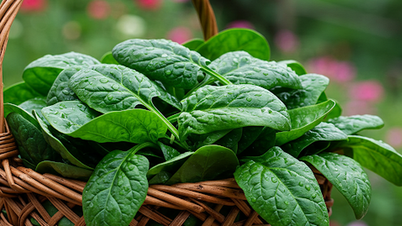
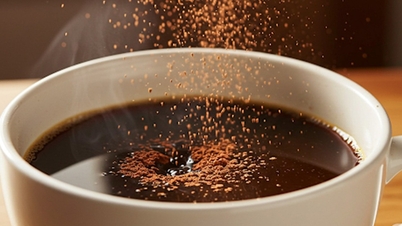


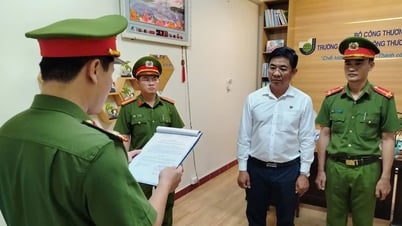
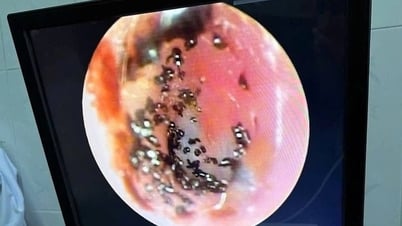

















































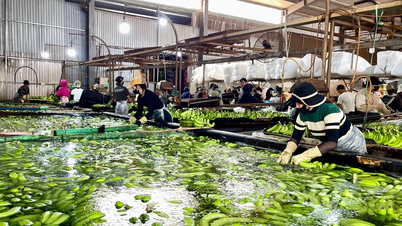

















Comment (0)